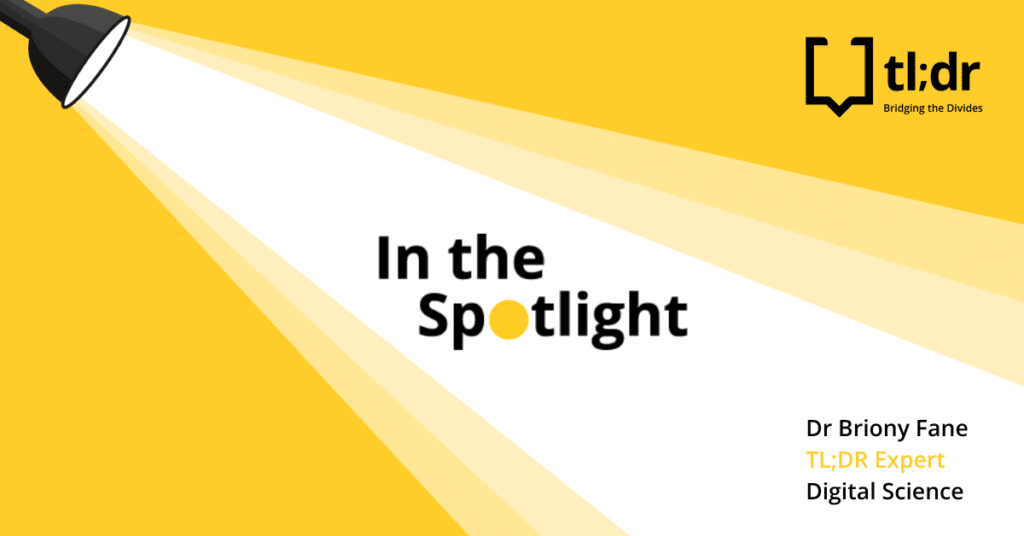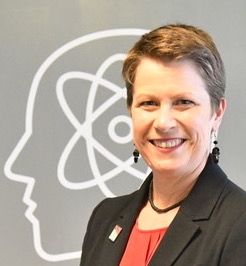
“At this critical juncture, midway to 2030, the evidence makes clear that incremental and fragmented change is insufficient to achieve all 17 SDGs in the remaining seven years, or even by 2050.”
Antonio Guterres, UN Secretary General, 2023
A short commentary
2023 marks the halfway point between 2015 (the entry point of the Sustainable Development Goals – SDGs), and 2030 (the end point of the SDGs).[1] As it stands currently, the world is off track to achieving the SDGs[2] and action is necessary to accelerate their implementation.
The 17 Sustainable Development Goals[3] remain an increasingly important platform, and are the best roadmap that we have currently for achieving global sustainable development. To effectively realise what is known as the 2030 Agenda for sustainable development, there needs to be evidence of “a shared sense of common purpose”. However, progress on achieving the 2030 Agenda has been severely disrupted due to multiple world crises. Thus a joint effort utilising multi-stakeholder partnerships to help to achieve the SDGs is paramount at this halfway point.
Research looking at the fragmentation of SDGs reveals some interesting insights from a number of perspectives. For example, a recent study has found that at this halfway point, silos are strengthening around the 17 SDGs and their three dimensions (social, economic and environmental) producing a fragmented state.[4] The study, carried out by researchers at the University of Utrecht, looked at the network of international organisations assessing how they had either come together or diverged since the SDGs came into effect in 2016. The research found that overall fragmentation had not decreased in the network since SDG implementation, but did find that international organisations with a focus on the three dimensions of SDG policies displayed different tendencies. For example, social international organisations are least likely to cooperate with others outside the social dimension and are hence most siloed. Environmental international organisations, conversely, are most inclined to cooperate with others outside their dimension, however, the study found that this has diminished over time.[5]
In a report by the United Nations Development Programme, according to the IMF, global financial fragmentation caused by geopolitical tensions has increased economic fragility. This has resulted in rising socio-economic inequality contributing to reduced global trade and social tensions in both developed and developing countries, threatening progress on the SDGs.[6]
The governance in global sustainability is important for bringing together the 191 SDG member states and international organisations that are tasked with working towards realising the Goals. Currently though, this governance is notable in its distinct clusters of international organisations working in a siloed fashion thereby leading to a fragmented system. SDG17 – Partnership for the Goals – emphasises the global partnership that is necessary for achieving all of the SDGs and strengthening inter-organisational coordination and cooperation and is recognised as an important challenge in global sustainability governance. However, geopolitical tensions have made it more difficult to achieve this and cooperation and coordination are necessary now more than ever to speed up the implementation of the SDGs.
Advancing and achieving the SDGs in a world with increased complexity and fragmentation is not an easy task. A complex network of interconnections exist across the SDGs and show how actions directed towards one SDG can influence others. For example, food production (SDGs 1 and 2) is increasingly threatened by air pollution (SDG13), which affects soil quality (SDG15) and crop yields (SDG2). The 2023 Global Sustainability report highlights that an interconnected and systemic approach will be key and shows new evidence that understanding the interconnections between individual goals (as we see above) will be essential. The intertwinings and interdependencies that exist should mean that they cannot fragment. However, this is not the case according to research highlighted above, nor is it for research looking at fragmentation as an enduring feature of the SDGs and the global landscape.
The viewpoint we have taken for this short piece emphasises geopolitical tensions and international organisations/governance as two themes by which to briefly take a look at the narrative in this area. One of the central premises is that the SDGs by their very nature are interwoven and connected and so there should be no room for fragmentation, but what we see is that individually and collectively (by their three dimensions) SDG fragmentation has emerged in a number of different ways.

References
[1] https://www.un.org/en/conferences/SDGSummit2023
[2] https://www.un.org/sustainabledevelopment/blog/2023/09
[4] https://www.sciencedirect.com/science/article/pii/S0959378022001054#b0610
[5] https://www.sciencedirect.com/science/article/pii/S0959378022001054
[6] https://www.undp.org/publications/fragmentation-integration-embedding-social-issues-sustainable-finance-0#:~:text=The%20paper%20From%20Fragmentation%20to,of%20a%20market%2Dbased%20economy






























